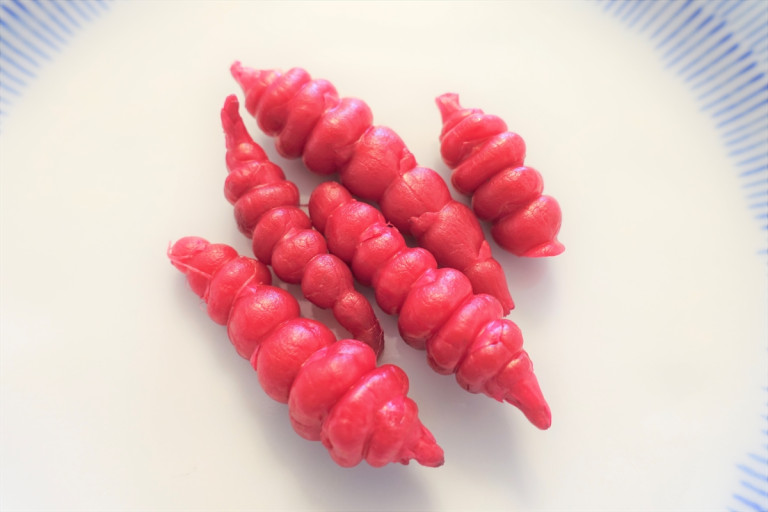
Apparently, it’s a popular regional ingredient in New Year’s food.
Our Japanese-language reporter Haruka Takagi was visiting Aichi Prefecture recently–home to Nagoya, Japan’s fourth largest city–when she came across a shocking food product at a souvenir shop. It was a tub of what looked like red caterpillars, and it gave Haruka such a shock that she practically stopped in her tracks.
The label on the tub, thankfully, did not say anything about the snack actually being caterpillars and instead had a picture of some kind of plant on it. It was labeled as “chorogi” (長老喜), which, after some research, Haruka learned was a root vegetable known in English as “Chinese artichoke.” The illustration on the packaging is of the whole plant, with the artichoke part drawn as the little caterpillar-like bits at the ends of the roots.
It turns out it’s a relatively common regional ingredient in osechi ryori, food cooked for New Year’s, often served atop black soybeans. Obviously, Haruka, who is from Hiroshima, had never heard of it, but was interested in giving it a try. She also asked two acquaintances to taste them with her, one of whom was from Nagano, and the other from Nara. Both declined to have their names or pictures posted, so we’ll be referring to them as Nagano and Nara.
The tub contained a whopping 450 grams (almost one pound) of Chinese artichokes and cost 1,250 yen (US$9.52). Since only one or two are used in osechi ryori, this one tub would likely last about five years.
Nara: “I didn’t know you would read those characters as ‘chorogi’. They look like they’d bring good luck [which is the purpose of a lot of ingredients in osechi ryori]. Based on the illustration on the packaging, it looks kind of like…something is twisted onto the ends of the roots?”
Haruka could see lots of the same twisted-on “somethings” packed inside the transparent tub. “So these are Chinese artichokes…” she mused. They were bright red and almost appeared to be moist, so she had to say they didn’t look very appetizing.
Nagano: “It feels kind of bumpy, like a bouncy ball, but it’s pretty hard.”
Nara: “Ew, it looks kind of gross from the side! Like some kind of bug!”
Nagano: “If you look closely it even has tiny little hairs. Is it really a root vegetable?”
Haruka had to agree. If anyone had shown her these and told her they were a vegetable, she wouldn’t have believed them. They were pretty creepy looking.
After some more investigation, Haruka learned that this section of the Chinese artichoke is a tuber, which is a part of a plant used for various functions, including reproduction and nutrient stores.
Haruka: “Supposedly the shape is meant to increase surface area. But surely there’s a more effective form it can take?”
Nagano: “It smells kind of sour. Actually, it smells kind of familiar…”
After much analysis of the other four senses, it was time to test it on the tongue.
▼ Chomp
Nara: “Hold on. I’ve definitely eaten this before!”
Nagano: “It’s…It’s like a crunchy pickled plum!”
Haruka: “You’re right, it is. It can’t be anything else!”
The three friends, who were all raised differently in different prefectures, all came to the same conclusion at the same time. The Chinese artichokes had the same sour taste and firmly crunchy texture as a pickled plum.
Nara: “But pickled plums have a seed. These don’t have seeds.”
Nagano: “It’s an upgrade from pickled plums!”
The Chinese artichoke didn’t have any seeds or tough fibers at all, which made it much easier to eat than a pickled plum. I was like a stress-free pickled plum! You can enjoy the pleasantly crunchy texture without worrying about your teeth.
Unfortunately, the version Haruka bought was pretty salty, so it wasn’t very good for mindless snacking. It would have been perfect if it was a little less intense!
Haruka was curious, though, as to how many people actually know about Chinese artichokes, so when she returned to the office, she used her fellow reporters as a survey pool. Out of 10 people, only four had ever heard of them before, and they were all from different prefectures.
・Those who’d heard of it: Go Hatori (Tokyo), Seiji Nakazawa (Osaka), Mr. Sato (Shimane), Mariko Ohanabatake (Nagasaki)
・Those who hadn’t heard of it: Ahiru Neko (Hokkaido), Yoshio (Tokyo), Masanuki Sunakoma (Saitama), P.K. Sanjun (Chiba), Yuichiro Wasai (Kyoto), Takashi Harada (Fukuoka)
Go Hatori even said that he and his family have always eaten it in their osechi ryori. But Yoshio, who similarly hails from Tokyo, and Masanuki and P.K. Sanjun, who both grew up in prefectures that are suburbs of Tokyo, had never heard of it. It seems like it’s an ingredient that varies not only by region but also by household!
Well, osechi ryori has a lot of regional and household differences, so that isn’t really surprising. Nevertheless, eating sweet black soybeans together with salty-sour Chinese artichokes actually sounds really delicious. Maybe Haruka will try it next New Year’s!
Images © SoraNews24
● Want to hear about SoraNews24’s latest articles as soon as they’re published? Follow us on Facebook and Twitter!
[ Read in Japanese ]

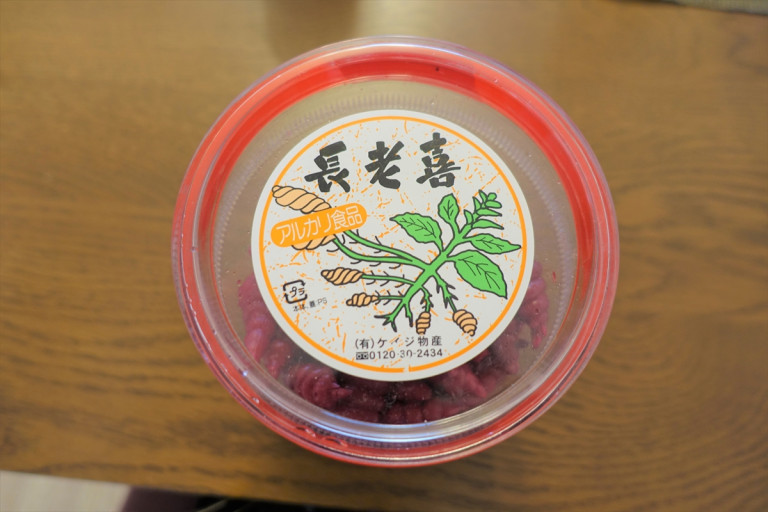
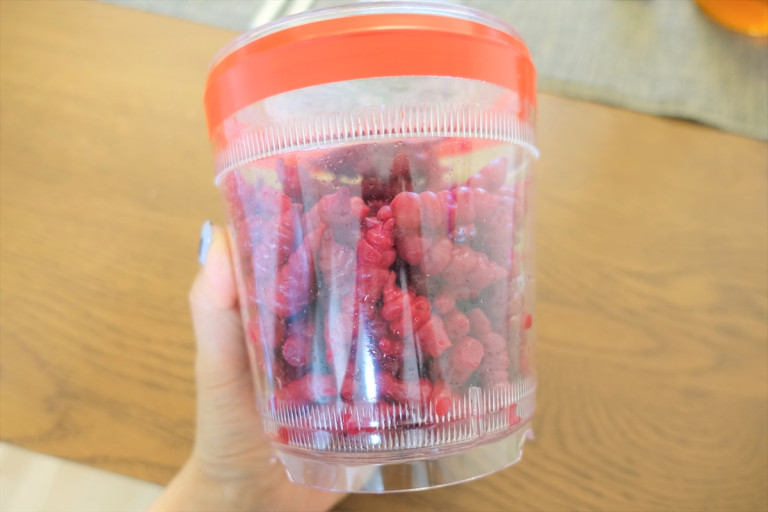
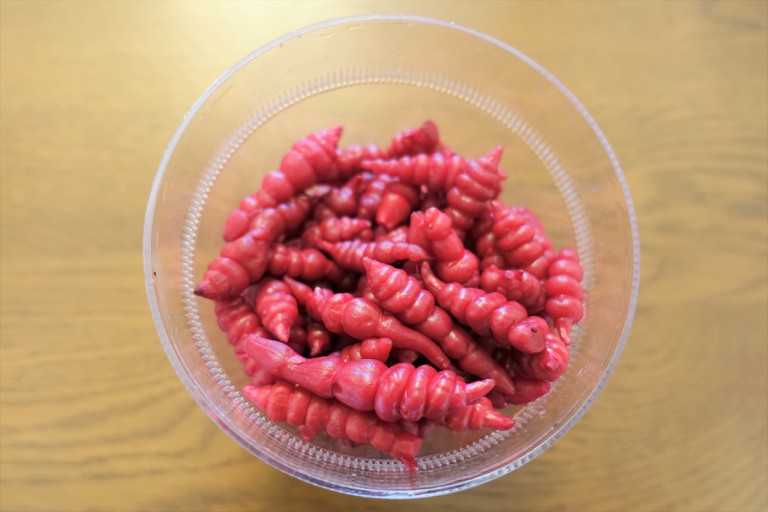
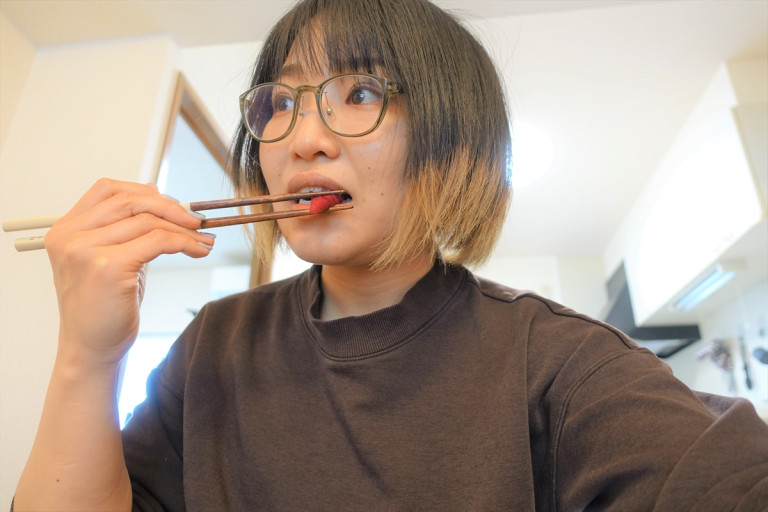
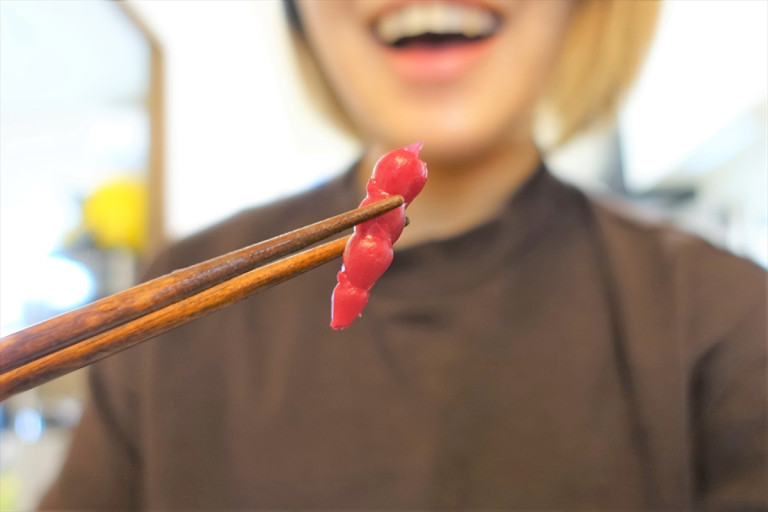
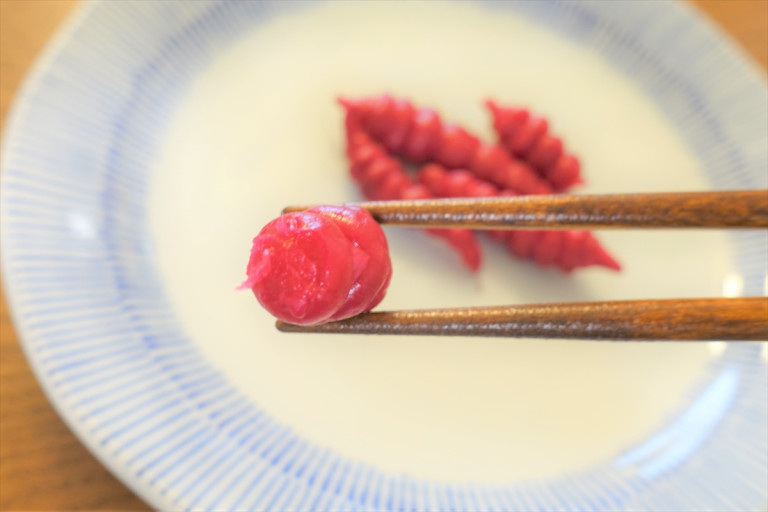
 We visit Kaiyodo Kappa Museum: dedicated to a yokai that loves cucumbers and human souls
We visit Kaiyodo Kappa Museum: dedicated to a yokai that loves cucumbers and human souls Daiso vs. Seria: Which sells the better egg white whipper? We find out【SoraKitchen】
Daiso vs. Seria: Which sells the better egg white whipper? We find out【SoraKitchen】 How much difference does the choice of mold make in fermenting food?
How much difference does the choice of mold make in fermenting food? The most expensive ice cream in Japan? Metallic soft serve frays the nerves of staff who make it
The most expensive ice cream in Japan? Metallic soft serve frays the nerves of staff who make it We hunt for Dom Pérignon in these wine fukubukuro lucky bag boxes from Kaldi
We hunt for Dom Pérignon in these wine fukubukuro lucky bag boxes from Kaldi Japanese ramen restaurants under pressure from new yen banknotes
Japanese ramen restaurants under pressure from new yen banknotes New private rooms on Tokaido Shinkansen change the way we travel from Tokyo to Kyoto
New private rooms on Tokaido Shinkansen change the way we travel from Tokyo to Kyoto McDonald’s new Happy Meals offer up cute and practical Sanrio lifestyle goods
McDonald’s new Happy Meals offer up cute and practical Sanrio lifestyle goods Studio Ghibli releases new action figures featuring Nausicaä of the Valley of the Wind characters
Studio Ghibli releases new action figures featuring Nausicaä of the Valley of the Wind characters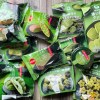 Family Mart makes matcha dreams come true with new lineup of strong green tea sweets in Japan
Family Mart makes matcha dreams come true with new lineup of strong green tea sweets in Japan Beautiful Red and Blue Star luxury trains set to be Japan’s new Hokkaido travel stars
Beautiful Red and Blue Star luxury trains set to be Japan’s new Hokkaido travel stars Mt. Koya planning to instate visitor’s tax to cope with huge tourist numbers
Mt. Koya planning to instate visitor’s tax to cope with huge tourist numbers Beautiful Ghibli sealing wax kits let you create accessories and elegant letter decorations【Pics】
Beautiful Ghibli sealing wax kits let you create accessories and elegant letter decorations【Pics】 Sakura tree falls on man at Sannenzaka near Kiyomizu temple in Kyoto 【Breaking News】
Sakura tree falls on man at Sannenzaka near Kiyomizu temple in Kyoto 【Breaking News】 We asked a Uniqlo employee what four things we should buy and their suggestions didn’t disappoint
We asked a Uniqlo employee what four things we should buy and their suggestions didn’t disappoint All-you-can-drink Starbucks and amazing views part of Tokyo’s new 170 meter-high sky lounge
All-you-can-drink Starbucks and amazing views part of Tokyo’s new 170 meter-high sky lounge More foreign tourists than ever before in history visited Japan last month
More foreign tourists than ever before in history visited Japan last month Starbucks reopens at Shibuya Scramble Crossing with new look and design concept
Starbucks reopens at Shibuya Scramble Crossing with new look and design concept French Fries Bread in Tokyo’s Shibuya becomes a hit on social media
French Fries Bread in Tokyo’s Shibuya becomes a hit on social media Studio Ghibli glasses cases let anime characters keep an eye on your spectacles
Studio Ghibli glasses cases let anime characters keep an eye on your spectacles Is the new Shinkansen Train Desk ticket worth it?
Is the new Shinkansen Train Desk ticket worth it? Studio Ghibli releases Kiki’s Delivery Service chocolate cake pouches in Japan
Studio Ghibli releases Kiki’s Delivery Service chocolate cake pouches in Japan New definition of “Japanese whiskey” goes into effect to prevent fakes from fooling overseas buyers
New definition of “Japanese whiskey” goes into effect to prevent fakes from fooling overseas buyers Our Japanese reporter visits Costco in the U.S., finds super American and very Japanese things
Our Japanese reporter visits Costco in the U.S., finds super American and very Japanese things Studio Ghibli unveils Mother’s Day gift set that captures the love in My Neighbour Totoro
Studio Ghibli unveils Mother’s Day gift set that captures the love in My Neighbour Totoro Domino’s Japan now sells…pizza ears?
Domino’s Japan now sells…pizza ears? New Japanese KitKat flavour stars Sanrio characters, including Hello Kitty
New Japanese KitKat flavour stars Sanrio characters, including Hello Kitty New Pokémon cakes let you eat your way through Pikachu and all the Eevee evolutions
New Pokémon cakes let you eat your way through Pikachu and all the Eevee evolutions Sales of Japan’s most convenient train ticket/shopping payment cards suspended indefinitely
Sales of Japan’s most convenient train ticket/shopping payment cards suspended indefinitely Sold-out Studio Ghibli desktop humidifiers are back so Totoro can help you through the dry season
Sold-out Studio Ghibli desktop humidifiers are back so Totoro can help you through the dry season Japanese government to make first change to romanization spelling rules since the 1950s
Japanese government to make first change to romanization spelling rules since the 1950s Ghibli founders Toshio Suzuki and Hayao Miyazaki contribute to Japanese whisky Totoro label design
Ghibli founders Toshio Suzuki and Hayao Miyazaki contribute to Japanese whisky Totoro label design Doraemon found buried at sea as scene from 1993 anime becomes real life【Photos】
Doraemon found buried at sea as scene from 1993 anime becomes real life【Photos】 Tokyo’s most famous Starbucks is closed
Tokyo’s most famous Starbucks is closed One Piece characters’ nationalities revealed, but fans have mixed opinions
One Piece characters’ nationalities revealed, but fans have mixed opinions Princesses, fruits, and blacksmiths: Study reveals the 30 most unusual family names in Japan
Princesses, fruits, and blacksmiths: Study reveals the 30 most unusual family names in Japan This rare autumn vegetable is the perfect addition to your stir-fry or salad【SoraKitchen】
This rare autumn vegetable is the perfect addition to your stir-fry or salad【SoraKitchen】 Is a camping toaster from Daiso any good? We tested one so you don’t have to!
Is a camping toaster from Daiso any good? We tested one so you don’t have to! Vending machine noodle ice cream: A retro icon in Japan brings joy to a new generation
Vending machine noodle ice cream: A retro icon in Japan brings joy to a new generation We visit a train station in historical ninja town, see ninja trick art, and become ninjas ourselves
We visit a train station in historical ninja town, see ninja trick art, and become ninjas ourselves Amigara Fault for cars?! Tunnel in Okayama just barely big enough for vehicles to fit through
Amigara Fault for cars?! Tunnel in Okayama just barely big enough for vehicles to fit through Weird Japanese vending machine find gives us unique sweet potato sweets
Weird Japanese vending machine find gives us unique sweet potato sweets You can enjoy traditional Japanese New Year’s osechi eats on a budget with Lawson Store 100
You can enjoy traditional Japanese New Year’s osechi eats on a budget with Lawson Store 100 Survey says osechi New Year’s food differs according to each region in Japan
Survey says osechi New Year’s food differs according to each region in Japan Craving cheese but on a diet? Try our “advanced tofu pickles!” 【Recipe】
Craving cheese but on a diet? Try our “advanced tofu pickles!” 【Recipe】 Making a traditional Japanese dessert from “heaven grass”【Photos】
Making a traditional Japanese dessert from “heaven grass”【Photos】 Awesome Pokémon osechi New Year’s meals elegantly blend Japan’s traditional and pop culture
Awesome Pokémon osechi New Year’s meals elegantly blend Japan’s traditional and pop culture The depressing diet of a Tokyo prostitute during Japan’s Edo period
The depressing diet of a Tokyo prostitute during Japan’s Edo period Puyo Puyo Manju return after 21 years…and our Puyo Puyo fan reporter achieves a childhood dream
Puyo Puyo Manju return after 21 years…and our Puyo Puyo fan reporter achieves a childhood dream Visit a pepper-packed tribute to spiciness tucked away in an Osaka food court
Visit a pepper-packed tribute to spiciness tucked away in an Osaka food court Weird Japanese vending machine comes with a heartwarming twist
Weird Japanese vending machine comes with a heartwarming twist
Leave a Reply